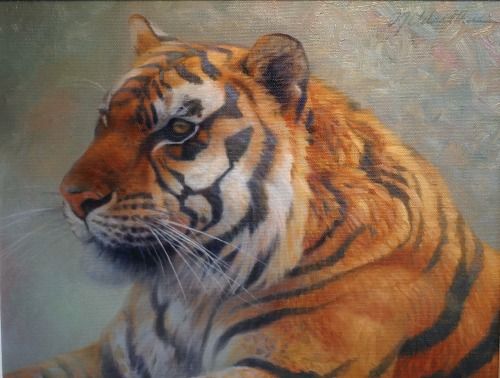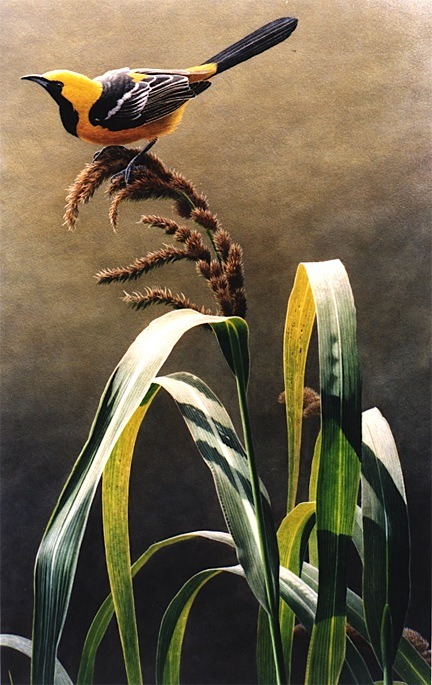The Pensive Palette: On Negative Space
‘Alight’ | 24” x 14” | acrylic on board (sold)
“The design of negative space can be just as important as the positive image.” (
Joan Fedoroshyn)
As an artist, it is easy to be seduced by the primary subject matter
we choose to represent. But when you think of a painting as a flat
space to be filled with interesting shapes, then design places just as
much importance on the elements that aren’t immediately obvious.
In
music, pauses in a song add interest and build tension-- in the same way, spaces between objects in a painting become necessary and integral
elements that require just as much thought as the objects themselves.
In this painting, ‘Alight’, featuring an oriole perched on marsh
grass, I was conscious of the repeating arches of the grass bending
under the bird’s weight. The spaces between the blades created an
interesting rhythm of pleasing shapes that allow the eye to dance with
the positive and negative despite the relative simplicity of the
background. I made an effort, in this case, to vary the shapes and keep
them both feeling natural and asymmetrical while still giving a sense of
balance and movement to the composition.























